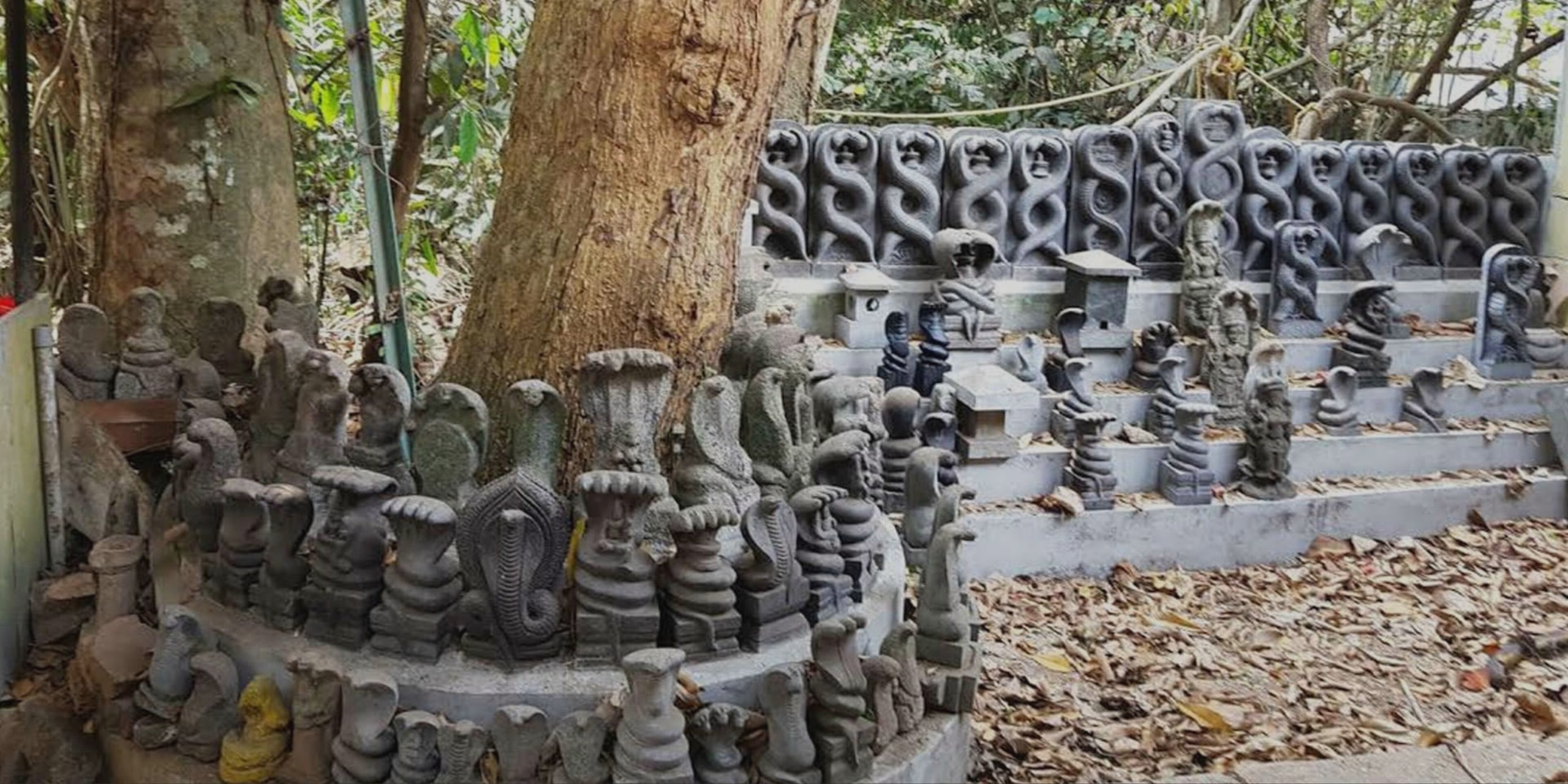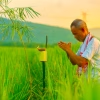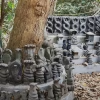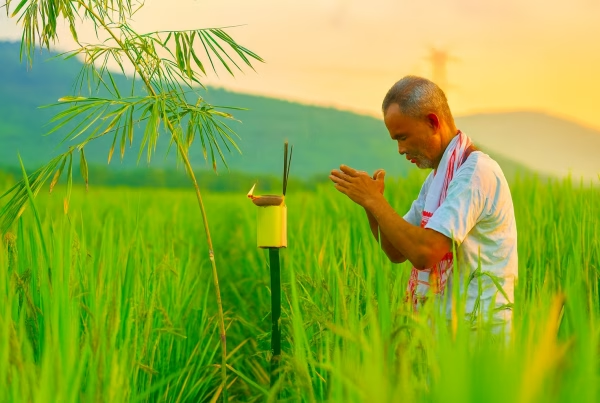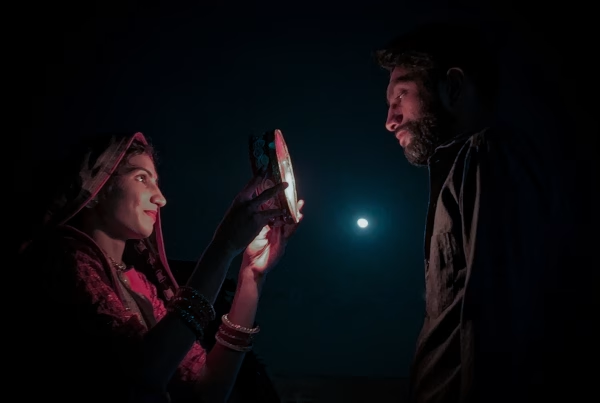Deep inside the green forests of Haripad, Kerala, stands a temple unlike any other — Mannarasala Sree Nagaraja Temple. It is often called the real snake temple in India, not because of some myth or exaggeration, but because serpents here are treated like divine family. Every year, during the Malayalam month of Thulam (October–November), this sacred grove comes alive with the Mannarasala Ayilyam festival — a celebration of faith, fertility, and the mysterious bond between humans and snakes.
A Temple Where the Goddess Is a Mother and the God Is a Serpent
At Mannarasala, the air feels different — quiet, cool, and somehow ancient. The temple is dedicated to Nagaraja, the serpent king, but what makes it special is that it is managed by a woman, called the Valiya Amma. She is considered the spiritual mother of all serpents in the temple and is believed to have a personal connection with Nagaraja himself.
Thousands of small snake idols made of stone fill the temple courtyard and the nearby forest — over 30,000 of them. Each one has been offered by a devotee seeking blessings for childbirth, health, or peace at home. Couples who struggle to have children often come here, praying that the divine serpent will bless them with new life.
Snakes are not killed or feared here. They are respected and protected, and locals believe the temple’s grove — the Sarpakavu — is guarded by real, living serpents.
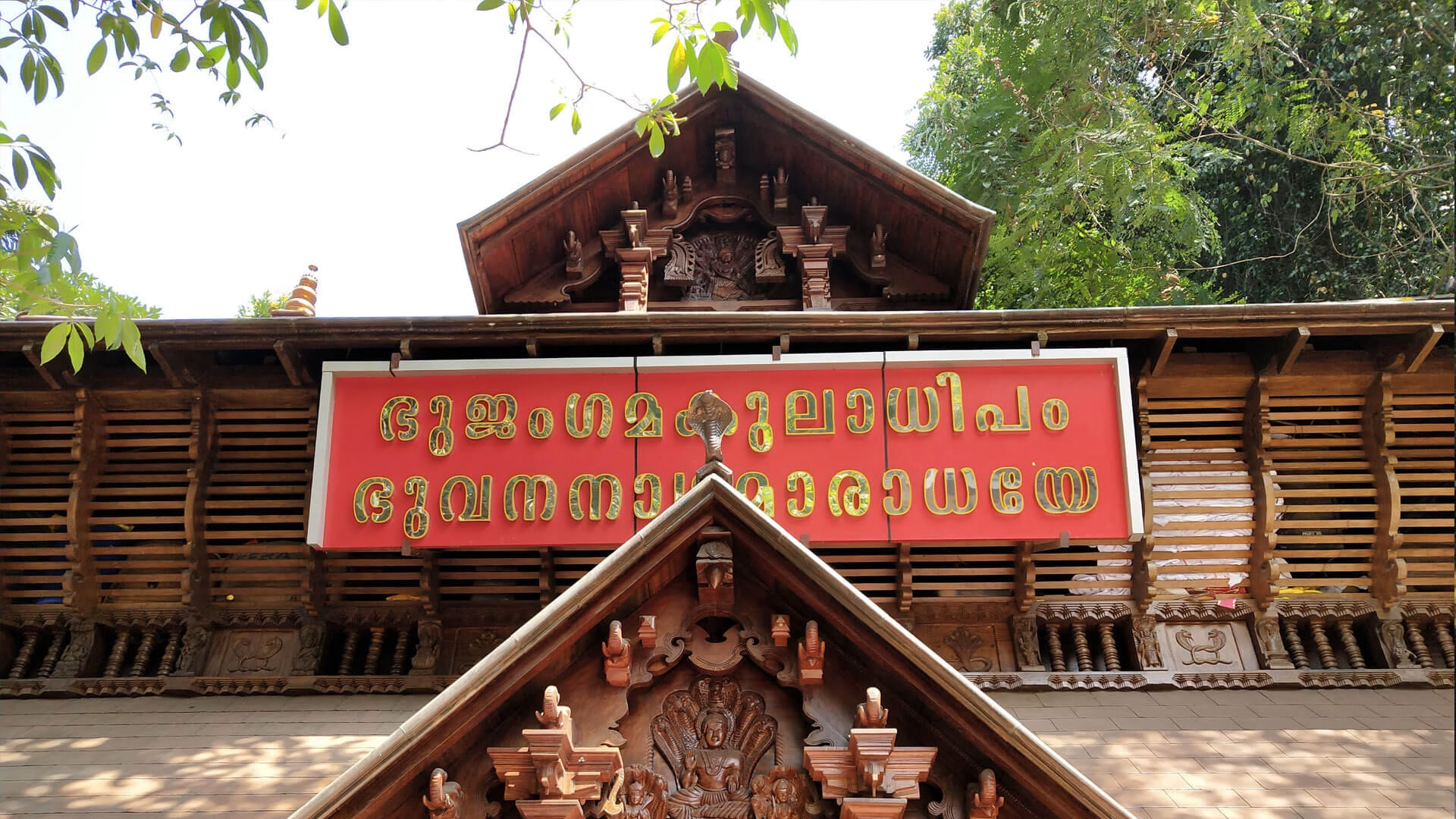
Mannarasala Temple History – Where the Story Began
The Mannarasala Temple history stretches far back into Kerala’s ancient past, blending myth and memory in a way only this land can. It is believed that when Sage Parasurama reclaimed Kerala from the sea, the new land was barren and salty — nothing grew, no life thrived. Disturbed by this, Parasurama prayed to Lord Shiva for help. Lord Shiva, moved by his devotion, advised him to worship the Serpent King, Nagaraja, for only the serpents could restore fertility to the wounded earth. Parasurama followed his command, and after years of penance, the serpent deity appeared before him.
Nagaraja, with his divine radiance, slithered across the land and blessed it with new life. Wherever he moved, the soil turned soft, rivers began to flow, and green shoots sprouted again. It is said that the forests and paddy fields of Kerala were born out of his blessings. From then on, Nagaraja promised to reside at Mannarasala, deep within the grove, protecting not only the land but all who lived on it.
To ensure the continuity of his worship, Nagaraja chose a pious Brahmin couple living near the forest. One day, after many years of prayer, the couple was blessed with a miraculous child — a boy with divine, serpent-like eyes. They soon realized this was no ordinary child; it was Nagaraja himself, born in human form to guide his devotees.
As he grew, the boy showed great wisdom and compassion but also a strange distance from the worldly life. One day, when he reached a certain age, he told his mother that his time in human form was over. With her blessing and tears in her eyes, he walked into the cellar beneath the temple and disappeared. Before leaving, he assured her that though unseen, he would continue to reside there, offering protection, healing, and fertility to all who prayed with a sincere heart. From that moment, the mother became the first Valiya Amma, the chief priestess of the temple. She continued to perform rituals and nurture the divine bond between humans and serpents. Her descendants have carried on that sacred duty ever since — a tradition that remains unbroken for generations.
Even today, devotees believe that Nagaraja’s invisible presence guards the temple, the forests, and the families who come to seek his blessings. When storms threaten, crops fail, or snakes wander into homes, people say the deity’s unseen hand brings balance again. The peace around Mannarasala isn’t just spiritual — it feels almost physical, as if the land itself is being watched over by its ancient guardian.
The Festival of Mannarasala Ayilyam
The Mannarasala Ayilyam is the biggest celebration at the Mannarasala Sree Nagaraja Temple, and it takes place once every year on the day when the Ayilyam star (Ashlesha Nakshatra) falls in the Malayalam month of Thulam — usually around October or November.
According to temple traditions, this is the day when Nagaraja’s divine energy is believed to reach its peak. It marks the moment when the serpent deity’s blessings spread across the land — bringing fertility to the soil, prosperity to homes, and protection to families. It is also said to commemorate the day when Nagaraja first appeared before Sage Parasurama and promised to guard Kerala’s sacred land forever.
In simpler words, the festival is a thanksgiving — a heartfelt offering from devotees to the serpent god who continues to protect their lives, their children, and their crops.
As the Ayilyam day dawns, the quiet temple grove wakes up early. Devotees from all over Kerala — and even from distant states — arrive dressed in traditional attire, carrying offerings of milk, turmeric, rice, and coconut. The temple glows with hundreds of lamps, their soft light flickering through the trees. The air carries the scent of sandalwood and the sound of ilathalam and chenda (traditional Kerala percussion).
The most sacred part of the celebration is the Ezhunnallathu, a grand procession that begins from the temple and moves toward the Illam, the ancestral home of the Valiya Amma. She herself leads it, carrying the idol of Nagaraja in her arms — a symbol of divine motherhood and faith. This is not a public spectacle; it’s a deeply emotional moment, where one can sense devotion rather than drama.
As the procession moves, devotees chant “Nagendra Haraye Namah,” their voices rising and falling like a wave. Some offer eggs and milk to the serpent idols — offerings believed to calm the deities and ensure blessings for the year ahead.
When the procession returns, the Valiya Amma distributes the sacred turmeric paste, known as Manjal Prasadam, to all who come. This turmeric, prepared under strict rituals, is said to hold healing and protective powers. Devotees take it home, applying it to the forehead or mixing it with oil for blessings of good health and peace.
The Mannarasala Ayilyam is more than a festival — it’s a reminder of gratitude. It celebrates the bond between human life and the natural world, showing how faith here has always coexisted with the soil, the trees, and even the serpents that live quietly in the temple grove.
For the people of Kerala, the day of Ayilyam isn’t just marked on the calendar — it’s felt in the heart.
The Sacred Grove – Nature’s Own Shrine
The Mannarasala temple is surrounded by dense greenery known as the Sarpakavu, or serpent grove. No one cuts trees, digs soil, or disturbs the natural balance here. It is believed that the serpents of the grove protect the land, the temple, and even the nearby villages.
The grove itself feels sacred — sunlight filters softly through old trees, and you can hear the hum of bees, the rustle of leaves, and sometimes even catch sight of a snake quietly gliding by. For locals, it’s not a place to fear, but to bow before.
A Tradition That Still Breathes
In a world that is moving fast, Mannarasala Temple remains rooted in its traditions. The Mannarasala Ayilyam festival is not just a religious ritual — it’s a living expression of Kerala’s ancient belief that nature and divinity are one.
Even today, thousands of people travel long distances to be part of it. For them, it’s not just about worshipping a god but feeling the presence of something pure and eternal — a connection that doesn’t need words.
The festival ends as quietly as it begins — with lamps flickering in the dusk, chants echoing through the forest, and the scent of turmeric and sandalwood lingering in the air. It feels as if the serpents have gone back to sleep, content that their devotees remembered them once again.
The Mannarasala Sree Nagaraja Temple is more than a religious site — it shows that faith doesn’t always need grand monuments. Sometimes, it lives in the rustle of leaves, in the kindness towards living beings, and in the quiet belief that gods still walk among us — watching, guarding, and blessing in silence.
